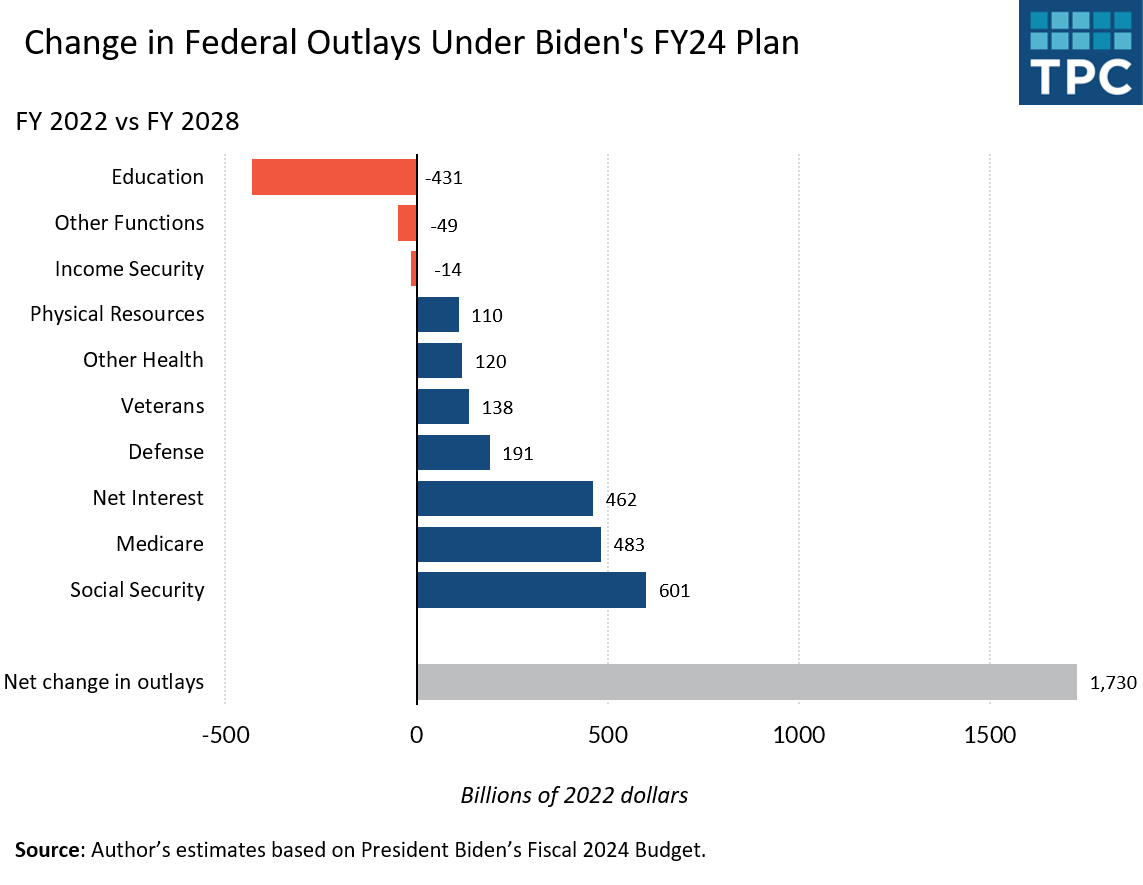Key Themes From A Recently Attended Private Equity Conference
I spend a lot of my time talking to private equity professionals. This might beg the question, “why would you want to do THAT?”
Well, in addition to exchanging deal updates and keeping me up to speed on the latest finance jargon, these conversations have the added benefit of providing a very real-time, first-hand account of what is going on in private M&A markets.
The M&A market is extremely dynamic, with valuations, leverage levels, deal terms, and other variables shifting considerably from month-to-month or even day-to-day (especially in an environment like the last three years, where every day might bring another world-changing news story). Unlike the public markets, where the latest movement is splashed across headlines and fed through Robinhood feeds in real time, movement in the private M&A market is much more opaque and difficult to aggregate.
Private equity tends to be something of a bellwether for these market conditions, and their sentiment about the market tends to reflect (albeit not perfectly) the attitudes of buyers across the board.
I recently attended a Midwest Dealmakers event hosted in Chicago by Indianapolis-based law firm Ice Miller. There, I mainlined thirteen back-to-back meetings with middle-market private equity firms from across the U.S.
This event happened in the immediate wake of the collapse of Silicon Valley and Signature Bank, the forced takeover of Credit Suisse by UBS, and the ensuing banking turmoil that followed.
- Deal flow was slower, lower quality in late 2022 and early 2023
2021 and early 2022 were some of the highest-volume periods for M&A on record, and private equity firms across the world were seeing and closing deals at a record clip. Deal volume started to slow in mid-2022 as the Fed began aggressively raising rates to combat inflation, and by late 2022 the number of transactions getting done had dropped significantly compared to just a year earlier. Larger, triple-A transactions were being put on hold in the hopes of waiting out the rate increases, and the deals that were coming to market tended to be smaller and/or more challenging. 2023 has started out much the same way, with high-quality deals being few and far between.
- A scarcity of high-quality deals make those that do come to market more attractive
Fewer transactions may be coming to market, but demand for middle-market acquisitions is still extremely high. Private equity firms are still sitting on record levels of undeployed capital and are eager to invest it. Strategic buyers in many sectors are coming off of two straight years of strong profitability following COVID and are also eager to invest. The combination of strong demand and limited supply makes quality assets in the market in early 2023 especially attractive. Good companies in attractive sectors are receiving record numbers of initial bids and trading near peak valuations despite higher interest rates, lower leverage levels, and challenging economic conditions.
- Leverage is harder to come by, but aggressive buyers will find a way
Lenders had already started pulling leverage levels back considerably at the end of 2022, particularly with regards to larger ($200M+) transactions, as aggressive rate increases created uncertainty and squeezed liquidity. It seemed like this uncertainty was just starting to soften as the SVB and Signature Bank failures sent a new shock through the debt markets. These recent issues have made lenders hyper-focused on their cash reserves. This, coupled with continued pressure from rising rates have made many senior lenders reluctant to issue new loans. Less availability of senior debt means that the traditional LBO capital structure is no longer a slam dunk, but it is not stopping buyers from aggressively pursuing transaction opportunities that they find attractive.
A consistent theme I have heard across conversations with private equity buyers is their willingness to get creative in order to support strong valuations for top-tier deals, despite the turmoil in the senior debt markets. Whether this means closing a deal with significantly more or all equity, or leaning on alternative lenders or credit funds that have stepped up to fill the leverage gap, many private equity funds have made it clear that challenging debt markets will not stop them from getting deals done, at least for now.
- Private equity doesn’t need to post record returns, they just need to outperform other asset classes
Historically, when you thought of private equity, targeted annual returns of 25-30%+ were the norm. Instead of getting into a full lesson on leveraged buyout modeling, I will just massively oversimplify by saying that if debt availability goes down and interest rates go up, like we have seen in recent months, a buyer needs to either pay less for a company or accept that this return will go down.
While some private equity buyers will undoubtedly take the former approach and be less aggressive on valuation, those firms may find it more difficult to get any deals done and be left sitting on a pile of undeployed capital earning 4% or less in a money market account.
There are a growing number of private equity buyers that , when given a choice between deploying capital and earning a “modest” 15-20% IRR or not deploying it at all, will simply settle for a lower return. Because ultimately, in a market environment where public equities are flat or down and bonds are performing poorly, private equity doesn’t necessarily need to earn 30% IRRs to still look like the best show in town.
- Economic concerns have made certain sectors particularly attractive
While private equity buyers are still bullish about doing deals in general, that doesn’t mean that their sentiment toward the broader economy is completely rosy. Like many who pay attention to financial markets, private equity investors are bracing for the possibility of a pending recession, and are hyper-focused on how a company might perform in a downturn when evaluating acquisition opportunities.
This has made certain recession-resistant sectors/business models particularly attractive to private equity buyers. In particular, businesses providing “mission-critical” products/services (industrial/utilities maintenance, healthcare services, critical parts/components, HVAC maintenance), businesses with a recurring or consumable element (medical consumables, “razor/razorblade” business models), food/consumer staples, and businesses serving government/public sector customers have become considerably more attractive in the past year and are receiving highly competitive interest from buyers.
All in all, I was pleasantly surprised with the attitudes of the private equity community given the state of the economy, especially as it relates to the middle market.






-600_0.png)